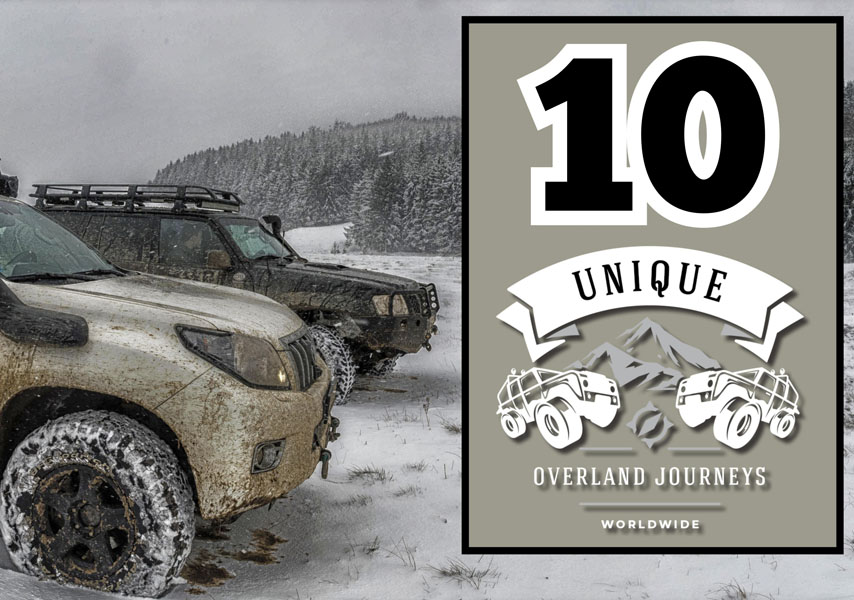 In this feature we take a look at some fascinating and unique 4WD touring destinations across the world. Some of these locations are easy to get to, and some.. not so much. These 10 destinations together represent a wide variety of experiences suitable for a wide variety of driving experience and expertise. Hopefully there is something here for everyone, from the frosty landscapes of Iceland, to the deserts of Namibia to the remote wastelands of Murmansk..We hope you enjoy this selection of 10 unique overlanding adventures.
In this feature we take a look at some fascinating and unique 4WD touring destinations across the world. Some of these locations are easy to get to, and some.. not so much. These 10 destinations together represent a wide variety of experiences suitable for a wide variety of driving experience and expertise. Hopefully there is something here for everyone, from the frosty landscapes of Iceland, to the deserts of Namibia to the remote wastelands of Murmansk..We hope you enjoy this selection of 10 unique overlanding adventures.
Iceland
With a population of just over 360,000 people, Iceland is also a very sparsely populated country, with most of its inhabitants living in the capital Reykjavík, and most of the remainder living in coastal towns. Iceland is often referred to as the Land of Fire and Ice due to its very active geothermal landscape and its often snowy winter and icy highlands. It is also the land of the midnight sun where in summer the days never end and it never gets dark.
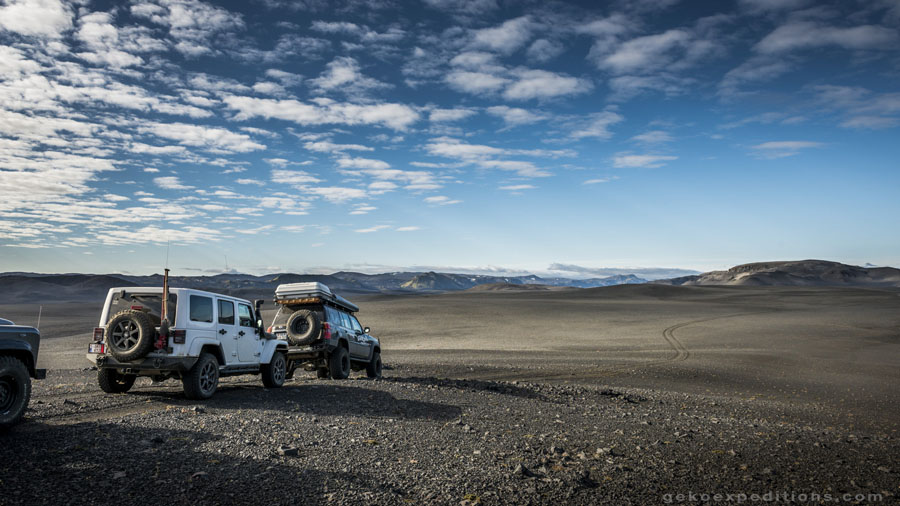
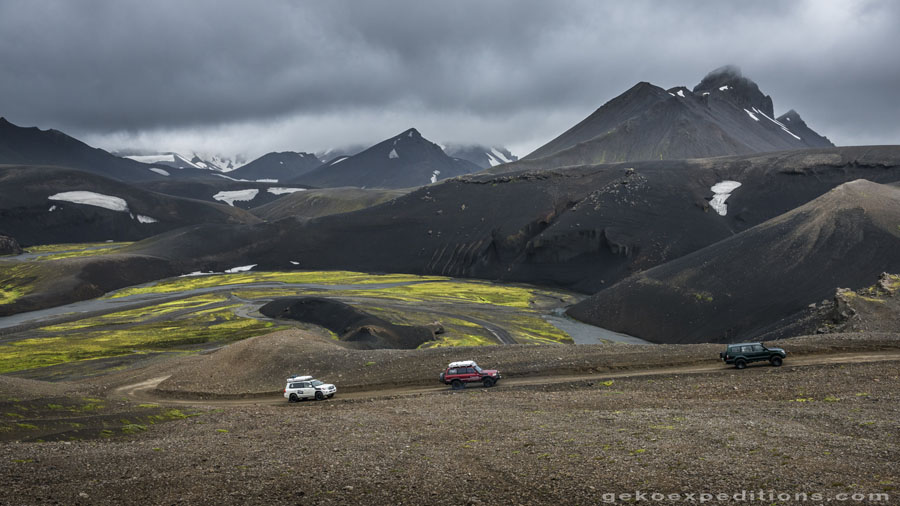
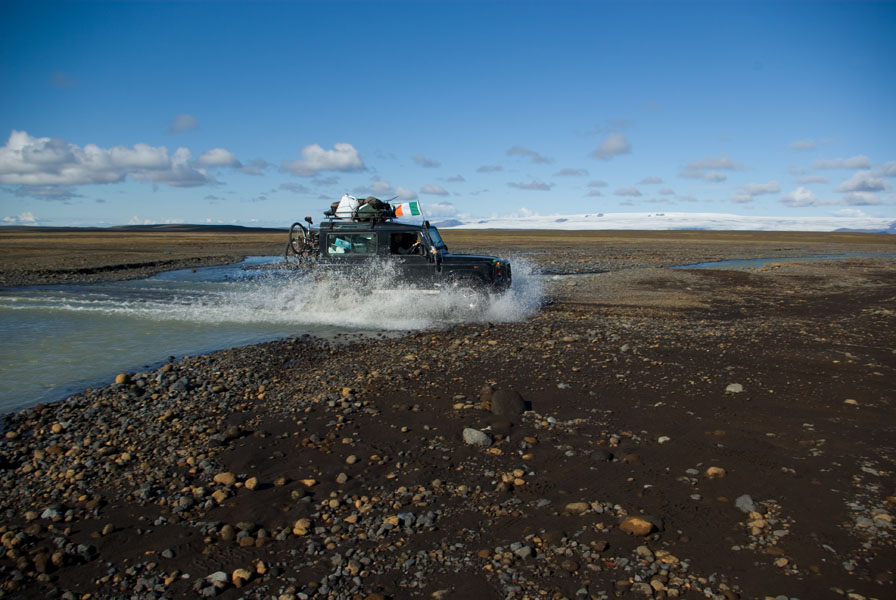
Canada
Canada has a very interesting and expansive geography that occupies much of the continent of North America, sharing land borders with the United States to the south and the U.S. state of Alaska to the north-west. Stretching from the Atlantic Ocean in the east to the Pacific Ocean in the west; to the north lies the Arctic Ocean and it also has the longest coastline in the world, with a total length of 243,042 kilometres or 151,019 miles. It is also interesting to note that Canada is home to the world’s northernmost settlement, Canadian Forces Station Alert, on the northern tip of Ellesmere Island—latitude 82.5°N—which lies 817 kilometres (508 mi) from the North Pole.On public land (National, Forest) and areas that are not privately owned (Crown Land), wild camping is generally allowed. Since lots in Canada can be quite large, you should make sure that you do not camp on private property or ask the owner for permission in advance.
Depending on the province or territory you wish to visit, there may be additional prohibitions that further limit the possibilities of wild camping, also known as ‘backcountry camping.’ However, some provinces allow camping under special conditions in isolated provincial and national parks.
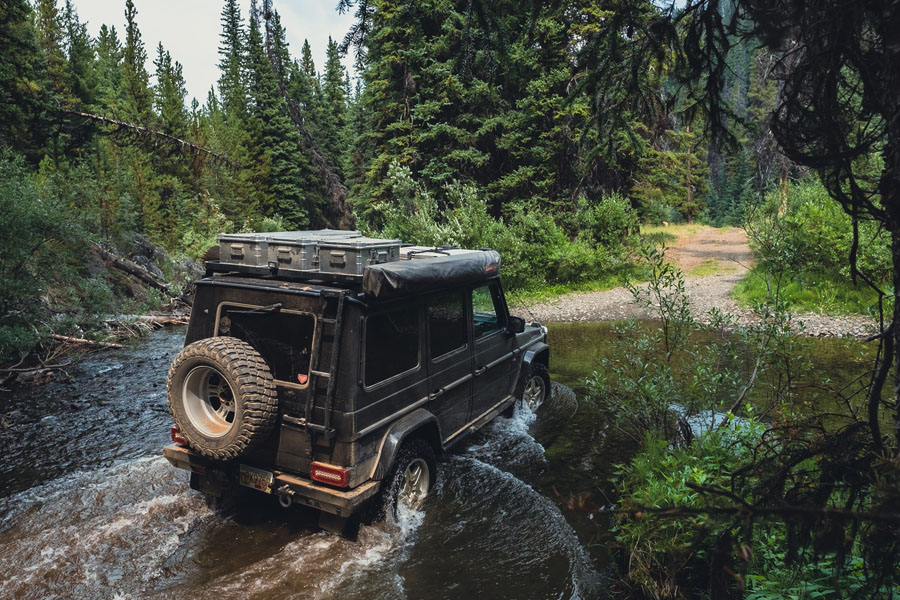
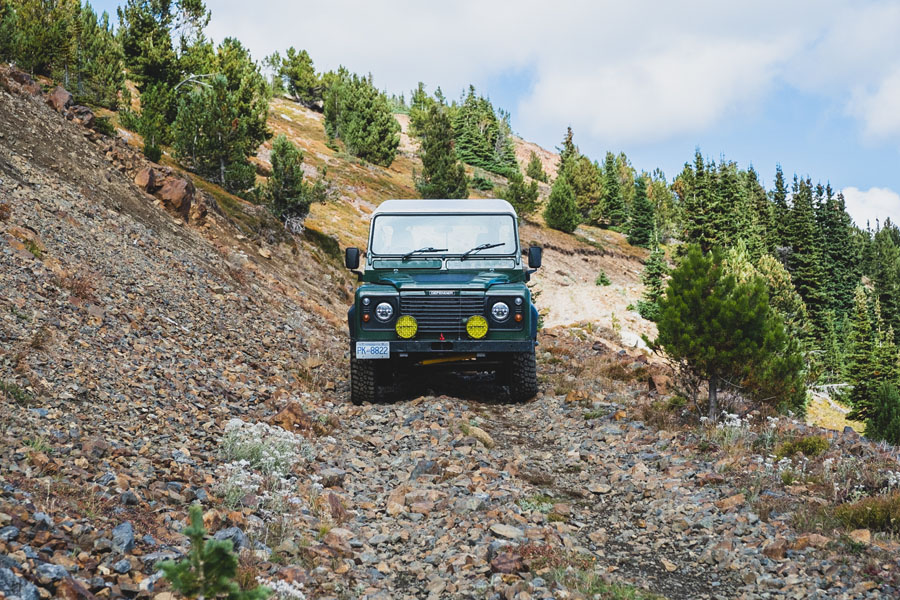
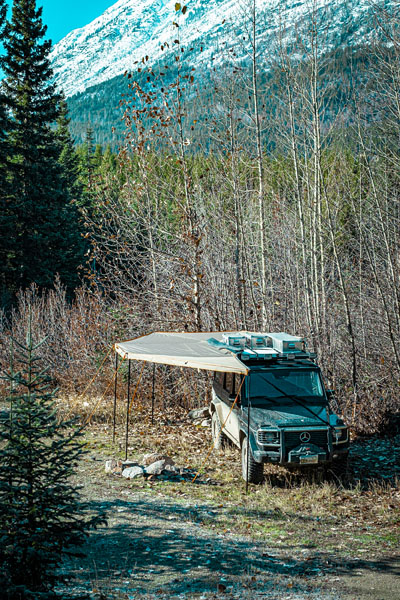
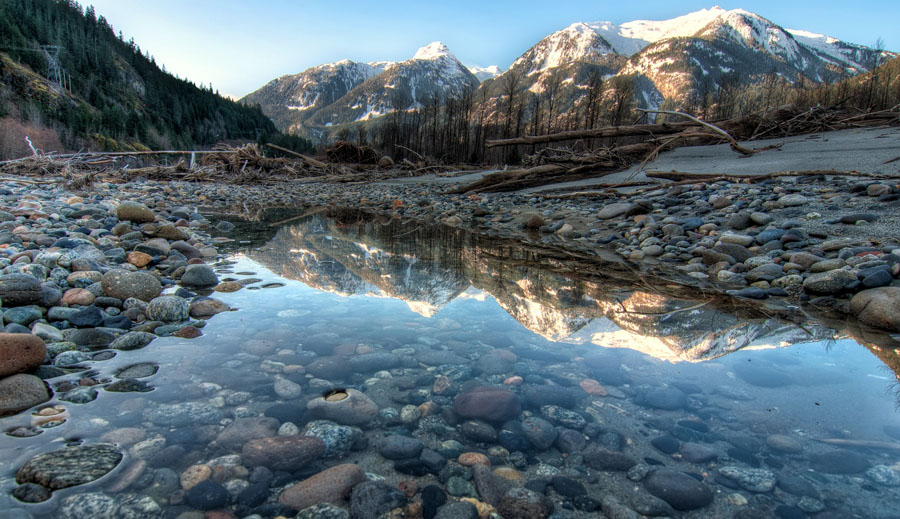
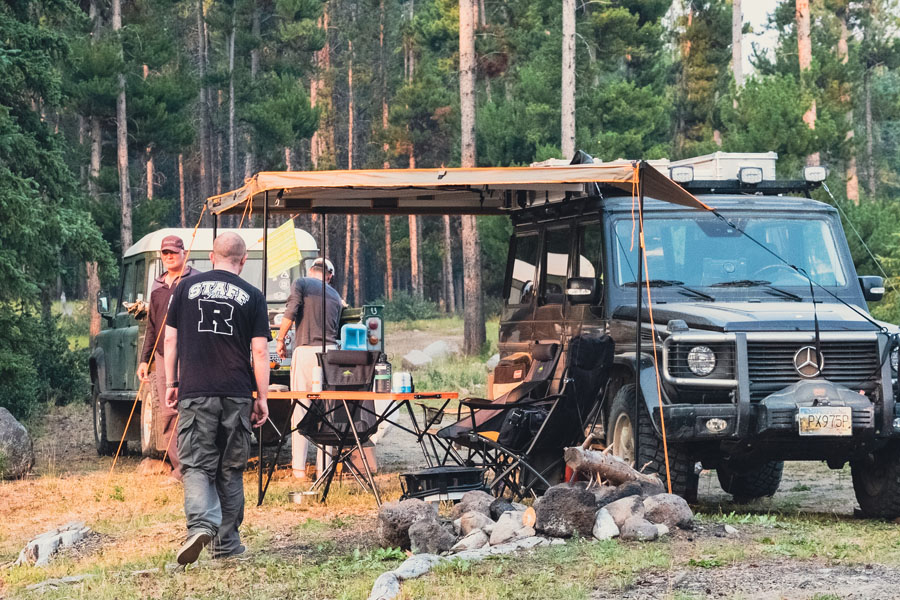
California
One of the popular US States that has plenty to offer the 4WD adventurist is California. Located on the western seaboard of the US, California is the third largest state in the US covering an area of 163,696 square miles (423,970 km2). The Pacific Ocean borders the western part of the state, Oregon the north, Arizona and Nevada the east, and Mexico the south. The state’s varied topography covers the Pacific Ocean on the west coast to the Sierra Nevada mountain range in the east, and redwood forests in the north to the Mojave Desert in the south giving plenty of variety in the type of terrain to be explored.
With a diverse climate ranging from a wet temperate rainforest in the north, hot, arid desert in the interior, snowy alpine in the mountains, and the warm Mediterranean in the rest of the state, the type of gear and how your vehicle is kitted out really depends on where you are going. It is also interesting to note that approximately 45 percent of the state’s total surface area is covered by forests and California’s diversity of pine species is unmatched by any other state. California contains more forestland than any other state except Alaska. About an hour and a half drive from San Diego is 164,000 square miles (425,000 square kilometers) of Anza Borrego State Park where you are allowed to pretty much drive anywhere and can camp (for free) on any trail (provided you get a campfire permit … wildfires are a bit of a flashpoint). Learn more and join the team at Funki Adventures on a recent trip exploring some Californian landscapes..
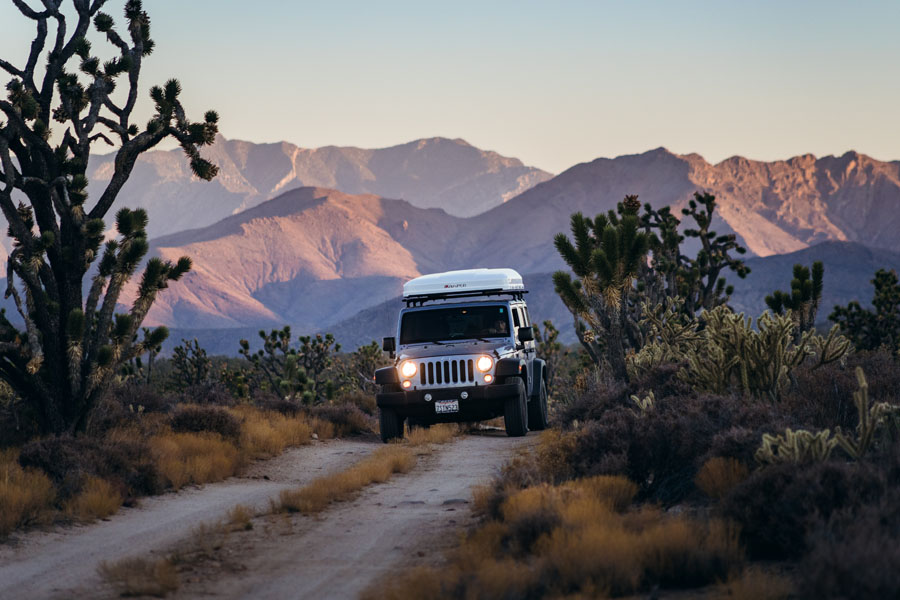
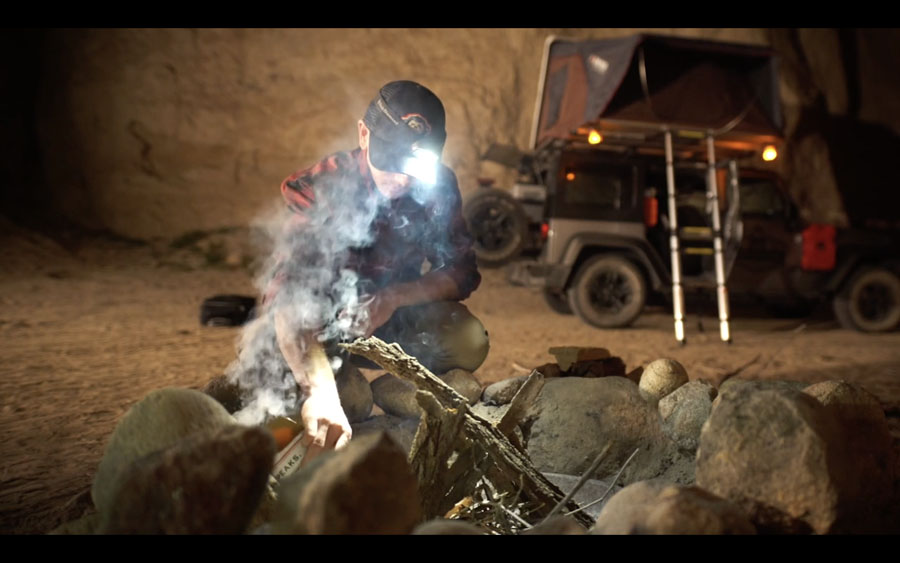
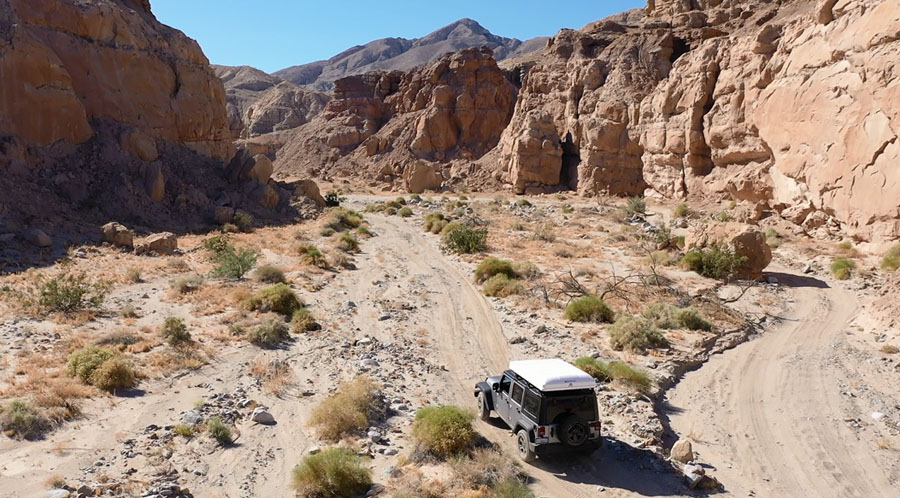
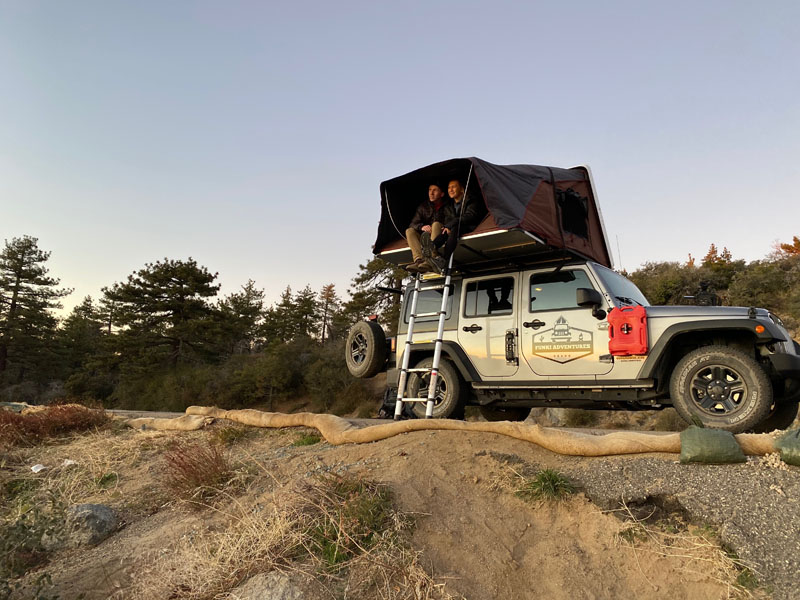
Chile
Chile a long narrow South American country that borders Peru to the north, Bolivia to the northeast, Argentina to the east, and the Drake Passage in the far south. Chile is one of the longest north-south countries in the planet stretching over 4,300 km (2,670 miles) from north to south, and a mere 350 km (217 mi) at its widest point from east to west.The total landmass covers approximately 756,950 square kilometres (292,260 sq mi) of land area. With a population of approximately seventeen million it is relatively sparsely populated given its size.
Chile has a very diverse climate ranging from the world’s driest desert in the north the Atacama Desert through a Mediterranean climate in the center, to an oceanic climate, including alpine tundra and glaciers in the east and south. The seasons fall into the following months, summer (December to February), autumn (March to May), winter (June to August), and spring (September to November).Throughout the colonial period following the conquest, and during the early Republican period, the country’s culture was dominated by the Spanish. Other European influences include English, French, and German.
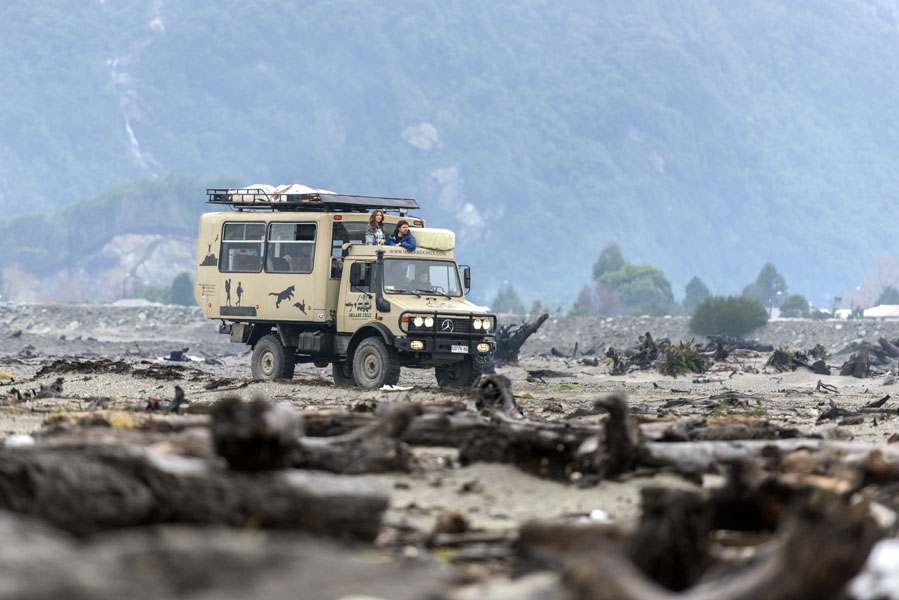
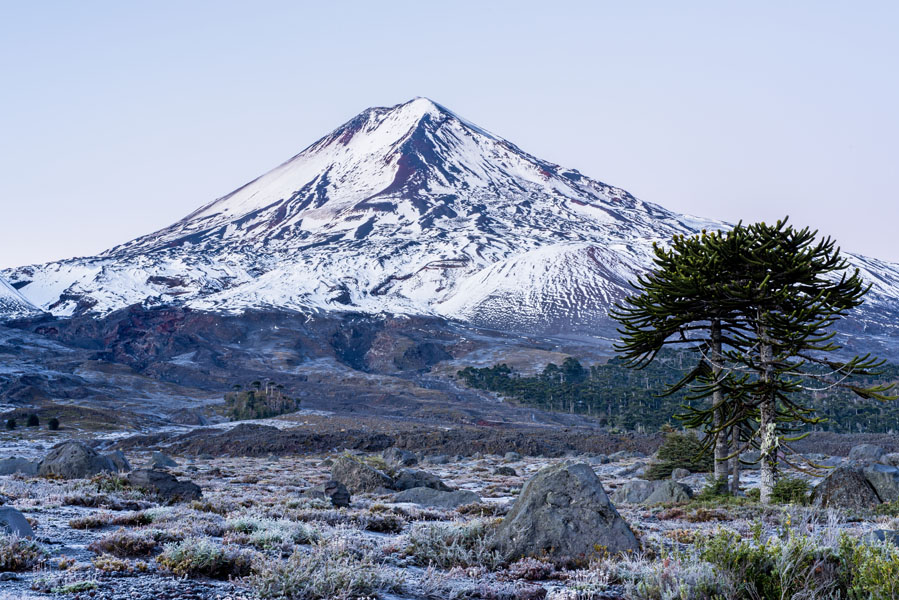
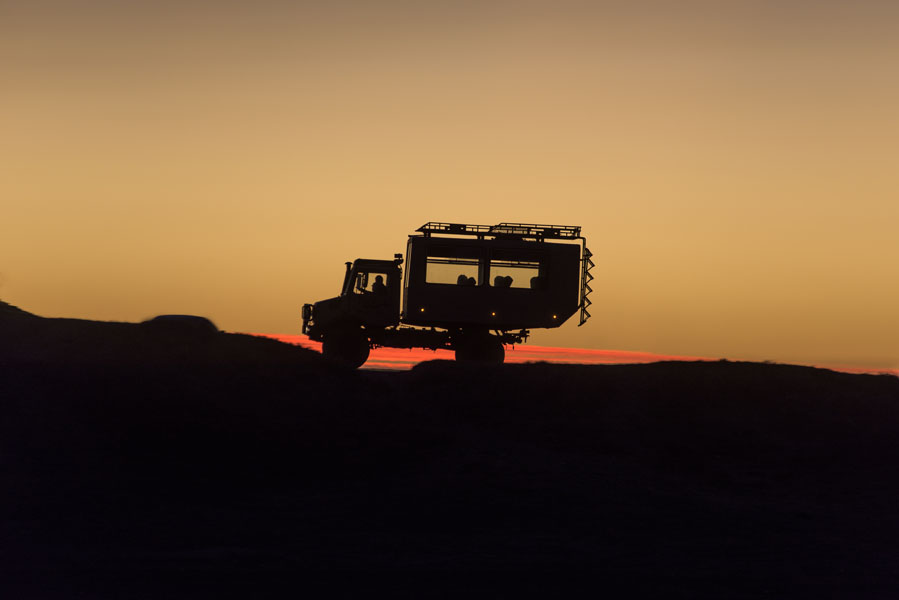
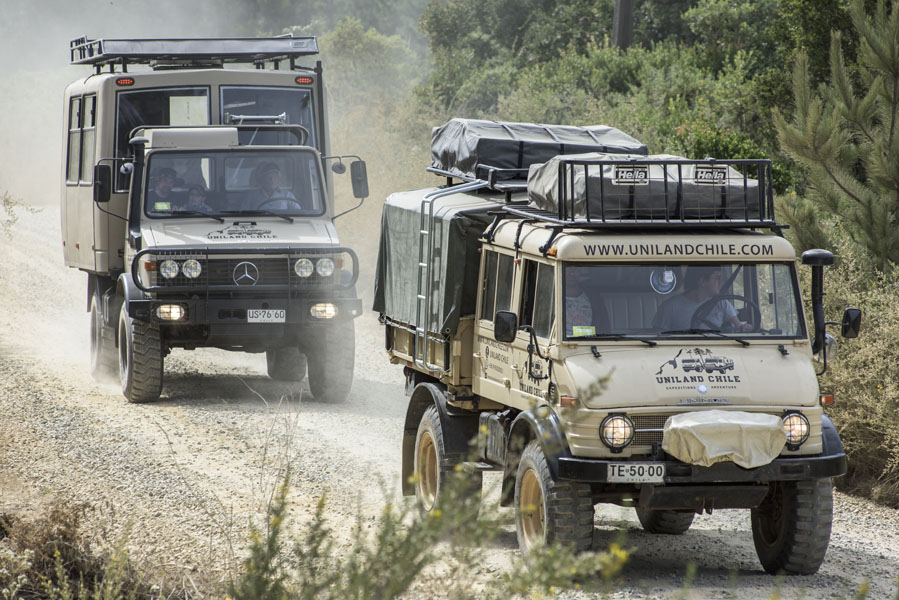
Murmansk
What destinations come to mind when you think of travelling to the North? Scandinavia, Karelia, Lapland? And even more to the northeast? The Russian Kola Peninsula, located between the White Sea and the Barents Sea. And in Kola, you find the largest city north of the polar circle: Murmansk. Murmansk is known for having a port which is ice-free all year round and also for hosting the Russian military fleet and its submarines. But Kola is a lot more than just Murmansk.
What else is there to explore in this enigmatic peninsula in the north of Russia, which is accessible to 4×4 explorers from all over Europe? To find some answers to this question, we headed off in early September to participate in the ‘Arctic Tour’ a unique 4×4 expedition organized by the Swiss organization GekoExpeditions (Geko are also known for their guided overland expeditions in Iceland, crossing the Namib desert,and other exotic destinations such as Madagascar, Algeria and Mongolia).
This trip has a wide appeal and is aimed as much at people wanting to explore the remote northern places above Europe as to those over-landers more accustomed to exploring Africa.
This trip is a real adventure and is also a deep immersion in a vast and imposing natural wilderness.
The trip takes place at the ideal time of year (early September) when a riot of colours in nature abound, the northern lights begin their cosmic light-shows and there are less mosquitoes than in summer, and yet it is still pleasantly warm.
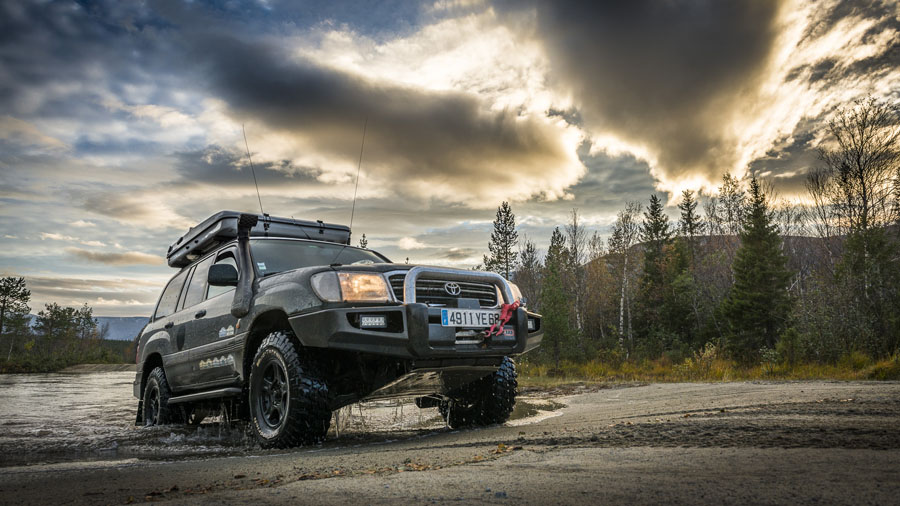
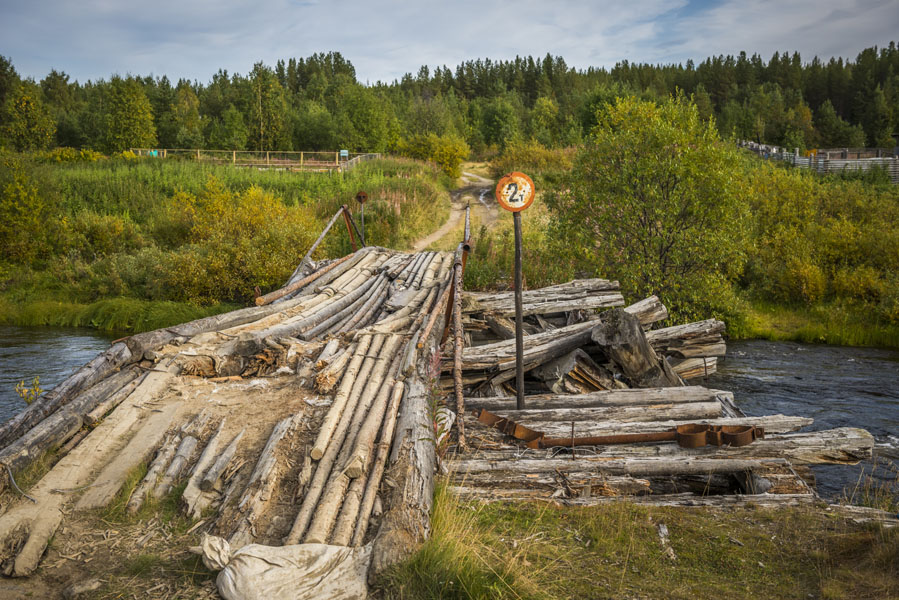
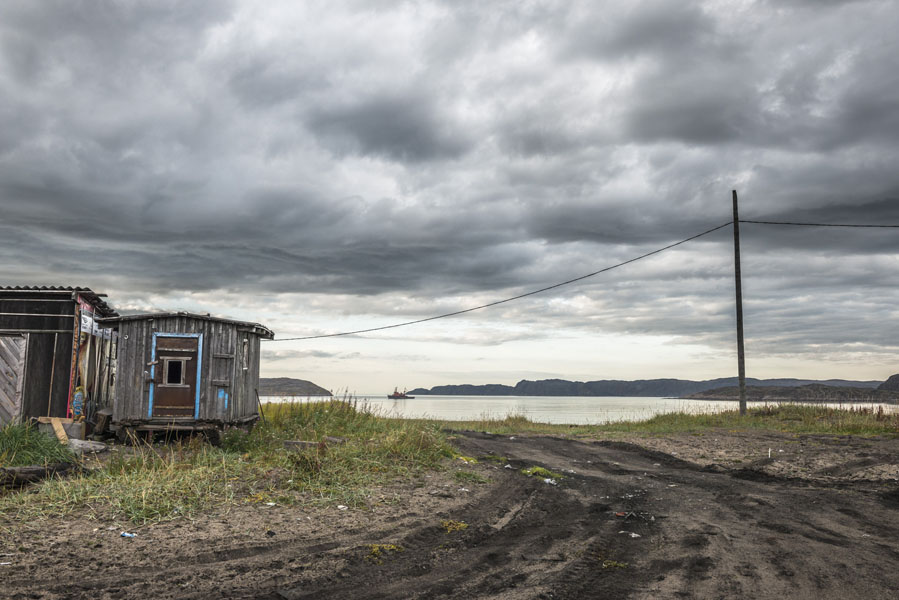
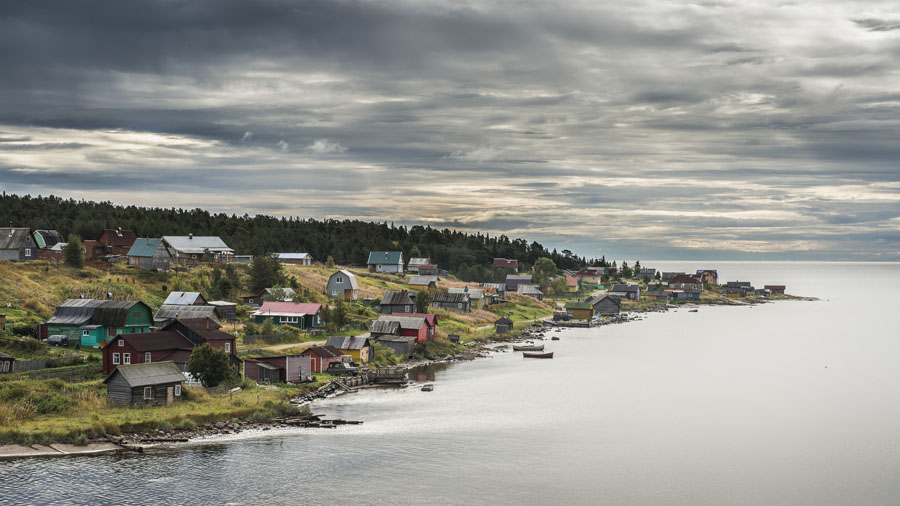
Russia – Objective Murmansk 4WD Touring in the Russian Kola Peninsula
The Balkans
The Balkans, or the Balkan Peninsula as it is known,covers an area in eastern and southeastern Europe with a number of borders dividing the region.The area takes its name from the Balkan Mountains which comes from the Turkish word balkan ‘’ a chain of wooded mountains’’ that stretch from the Serbian-Bulgarian border to the Black Sea. The Peninsula is bordered by the Adriatic Sea on the northwest, the Ionian Sea on the southwest, the Mediterranean and Aegean Sea on the south and southeast, and the Black Sea.
The region is a four wheel drivers and wild campers paradise with the peninsula making up a combined area of approximately 470,000km squared or 181,000 square miles, making the area just slightly smaller than Spain.
The region is predominantly mountainous and the climate along the coasts is Mediterranean, the further you go inland the more humid continental it gets in the summer. The humid continental climate is predominant in Bosnia and Herzegovina, northern Croatia, Bulgaria, Kosovo, Macedonia, and northern Montenegro, while in the northern part of the peninsula near the mountains, winters get frosty and snowy with the southern regions offering milder winter temperatures..
We caught up with Alek Veljokovic from Rustika Travel who specialise in adventure travel throughout the Balkans. A relatively new operation having opened in 2011,they provide a complete range of services associated with adventure travel which includes travel consultation, pre-arranged tours, custom packages, accommodation, and all types of transport. The guys also run a specific 4WD touring service under the Rustika umbrella simply called Serbian Outdoors 4×4 where they provide 4X4 and camping trips in Serbia, Montenegro, Albania, Greece and Macedonia.
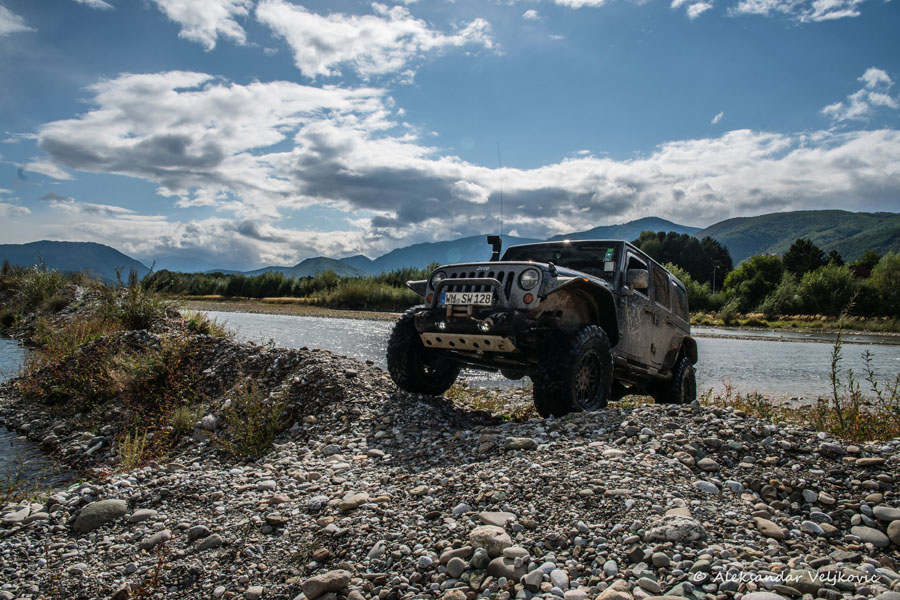
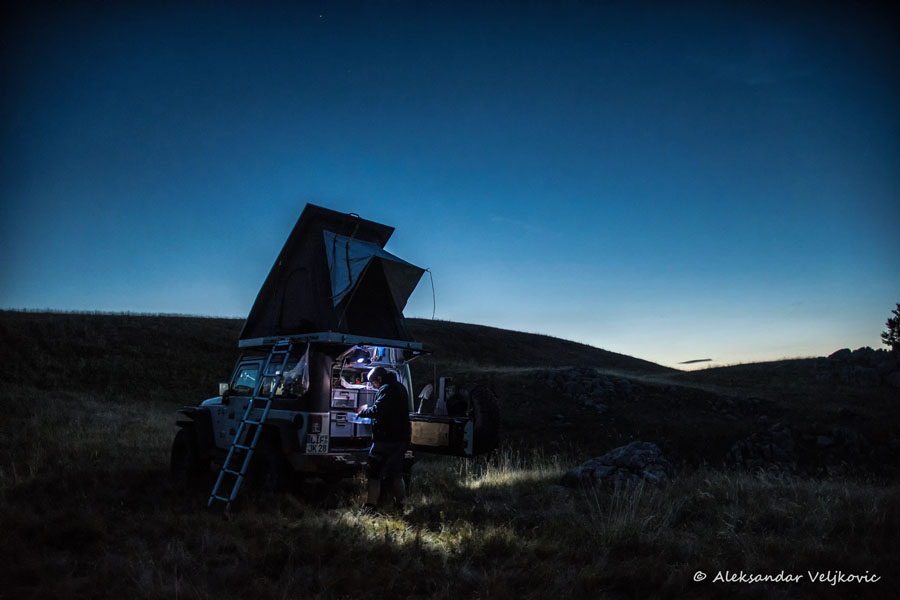
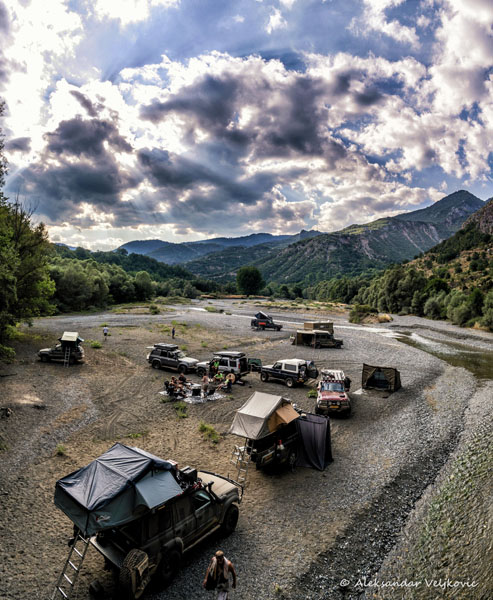
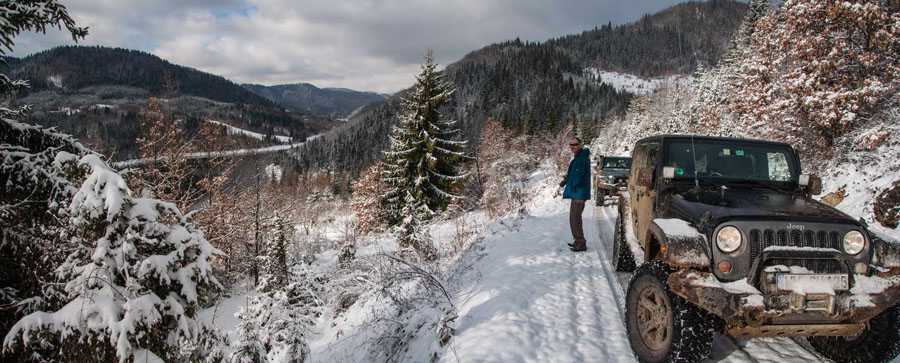
Romania
Wild Camping in Romania. Europe offers some remote hidden gems when it comes to Camping and 4WD adventures, bordered by the Arctic Ocean to the north, the Atlantic Ocean to the west, and the Mediterranean Sea to the south you could easily spend a lifetime visiting remote campsites and exploring the network of tracks that connect approximately 10 180 000 square kilometers of very diverse terrain.
With some countries in Europe more remote than others, one of these 4WD and remote camping destinations includes Romania that boasts a rugged beauty and thousands kilometers of tracks to be explored. Romania is the twelfth largest country in Europe and is bordered by Bulgaria, Hungary, Moldova, Serbia and the Ukraine. Its unique terrain is evenly divided between mountains, hills and plains so plenty of diversity when it comes to tackling 4WD tracks and wild camping.The country is divided by regions that cover an area of 92,043 sq. miles 238,391 sq. km. Some of these regions include The Carpathian Mountains that are split between three major ranges that include the Eastern (Oriental) Carpathians, the Southern Carpathians or famously known as the Transylvanian Alps, and the Western Carpathians.
Other well known regions include the forest of Transylvania and of course home place of Count Dracula, who was made famous by Irish Author Abraham “Bram” Stoker (8 November 1847 – 20 April 1912) in his 1897 Gothic novel Dracula.
Recent government laws in Romania now limit access to some of its huge forests but despite this there is still plenty to see in this vast and interesting landscape. If you are planning a visit to Romania and are unsure of which routes to take you can always engage a professional 4WD guide who often have access to most areas and with the local knowledge of where to go you can turn a great 4WD and camping trip to Romania into one that you will remember for many years to come.
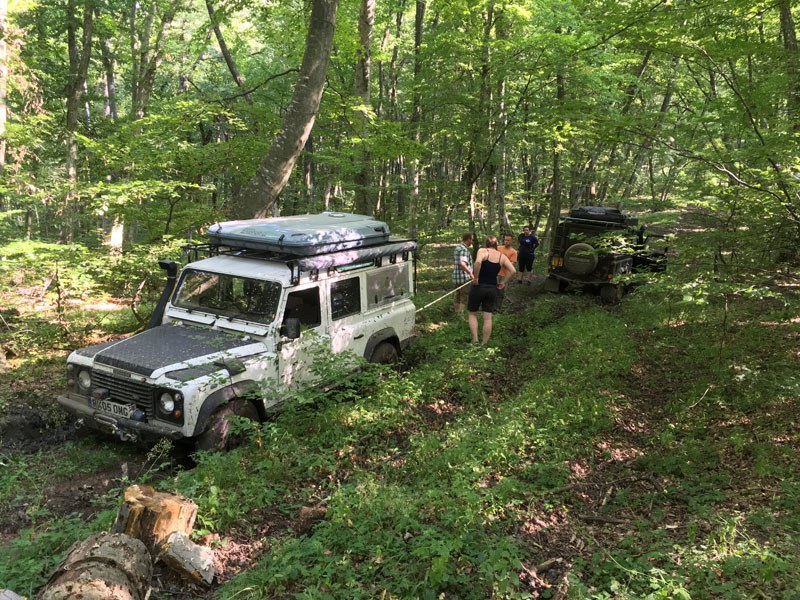
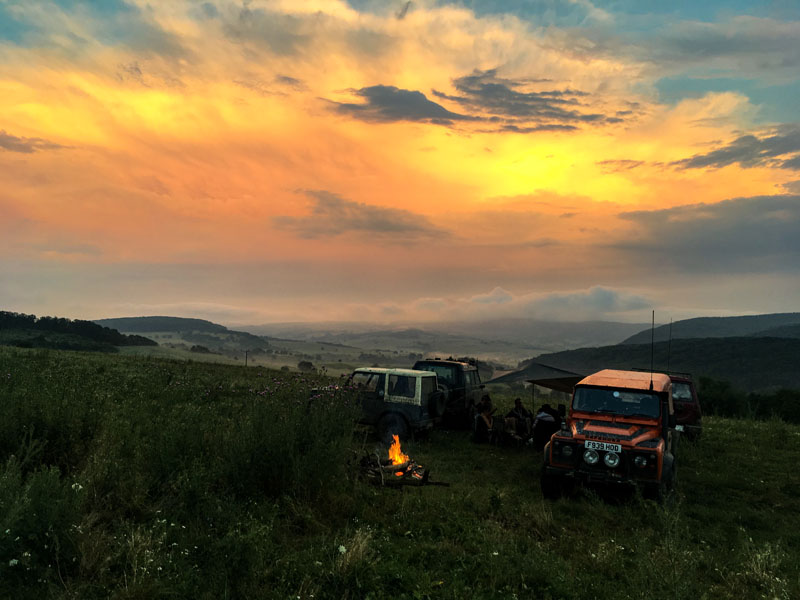

Namibia
The Namib Desert in Namibia is considered the world’s oldest desert. It covers more than 102,248 square miles (270,000 square kilometers) of the southwestern edge of the African continent.In 2003, Nicolas created Geko Expeditions which organizes and guides adventure trips whose common denominator is the discovery off the beaten track.Since then, Geko has organized and guided numerous expeditions to various destinations, including more than 30 in the Sahara.
Here Nicolas bring us on along on one of his guided Namib expeditions. Nicolas explains “Namib, this magical name has enthralled me since childhood. Namib “where there is nothing . I dream of it often. This is the oldest desert in the world, it contains the highest dunes and borders the Atlantic Ocean. It’s Difficult to imagine a more hostile place on Earth … It is perhaps because man has no place there that that it is so fascinating to man. It’s important to drive in the tracks of the lead vehicle. It is strictly forbidden for the vehicles to create their own/multiple tracks. The Namibians make a point of preserving their desert. During this trip we do not cross or overtake a single vehicle during the 7 days of crossing.
Some basic techniques and principles are practiced early on the journey. It’s important to understand at what speed to approach a dune ascent or descent how to manage momentum, the choice and the variation of acceleration and the actions to take in the case of an impending crash. There are many important techniques to learn . We always end this introduction to desert driving by crossing some larger dunes, acclimatising for what lies ahead. Fortunately the level of difficulty as well as the size of the dunes are progressive. Its nice to try out some ‘human scale’ dunes before we encounter the monsters on day three.
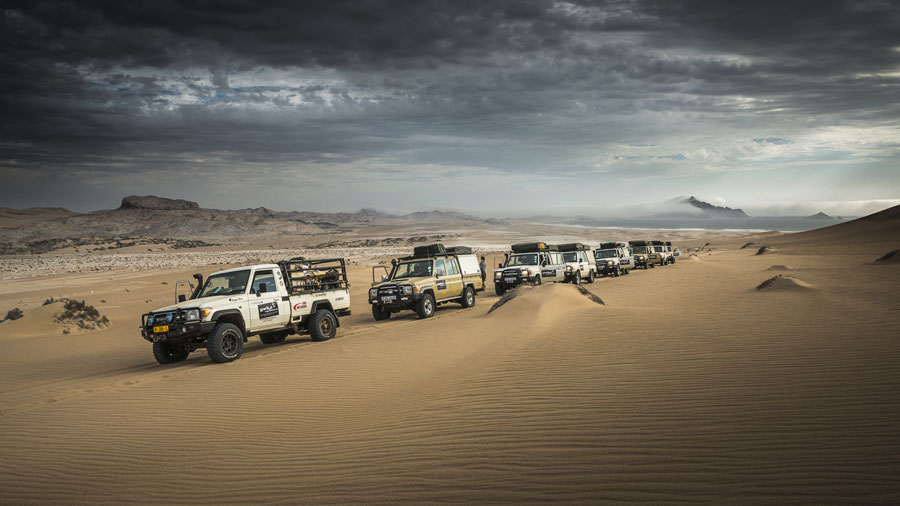
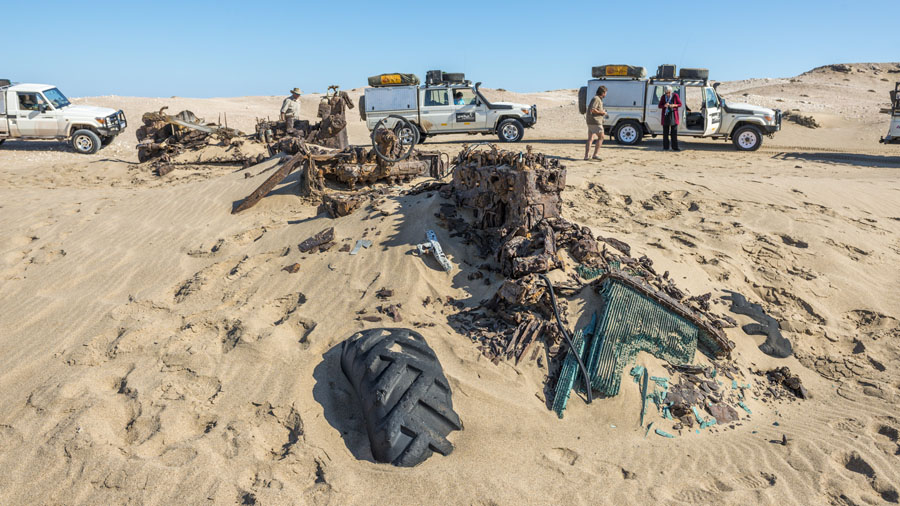
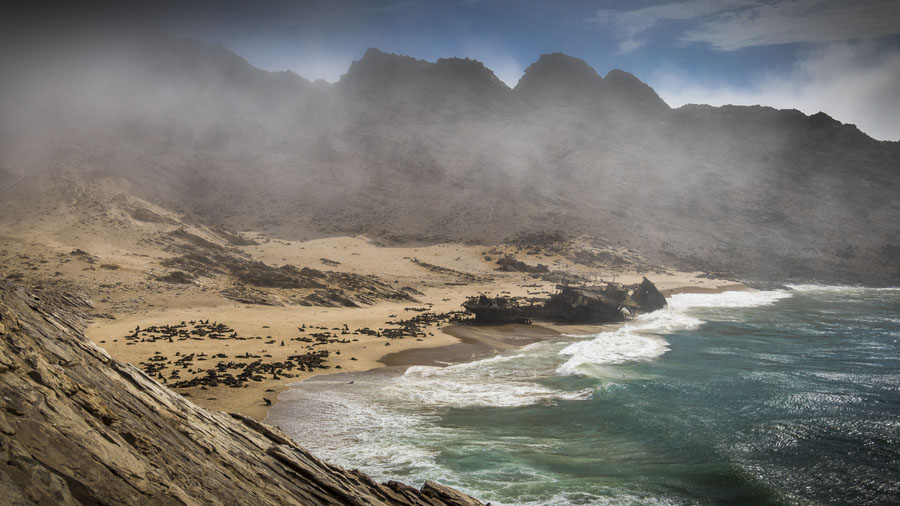
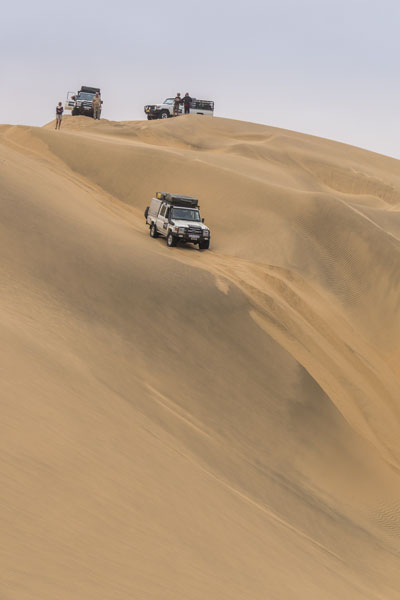
Poland
The history of Poland spans over a thousand years, from medieval tribes, Christianization and monarchy; through Poland’s Golden Age, expansionism and becoming one of the largest European powers; to its collapse and partitions, two world wars, communism, and the restoration of democracy.The roots of Polish history can be traced to the Iron Age when the territory of present-day Poland was settled by various tribes including Celts, Scythians, Germanic clans, Sarmatians, Slavs and Balts. However, it was the West Slavic Lechites, the closest ancestors of ethnic Poles, who established permanent settlements in the Polish lands during the Early Middle Ages. The Lechitic Western Polans, a tribe whose name means “people living in open fields”, dominated the region, and gave Poland – which lies in the North-Central European Plain – its name. In Poland every region has something interesting to offer. Podlasie – Tatar villages and Bialowieza Primeval Forest, Masuria – great lakes, kilometers of gravel roads and german bunker remains, West Pomeranian – a region where the soviet army had their base, where nuclear weapons were stored and located there today – the biggest army range in Europe. Bieszczady is the wildest and the least populated region of Poland. It is a region with a turbulent history and to this day you can find ruined villages and obliterated traces of human presence being reabsorbed by nature. Bieszczady was, and in a way is still a polish “wild west” (even though its in the east). To the south there is Cracow – which was previously the polish capital,which has two interesting salt mines – Wieliczka and Bochnia and also the tallest polish mountains –the Tatra Mountain Range.
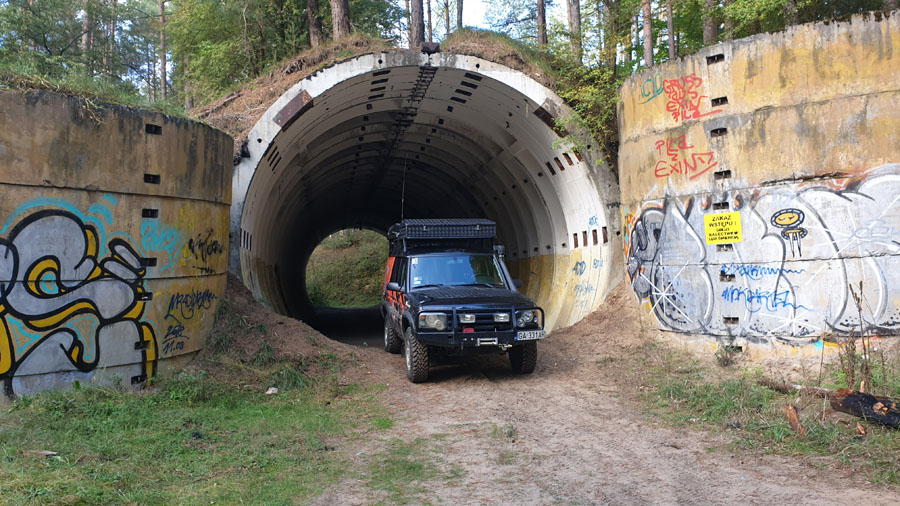
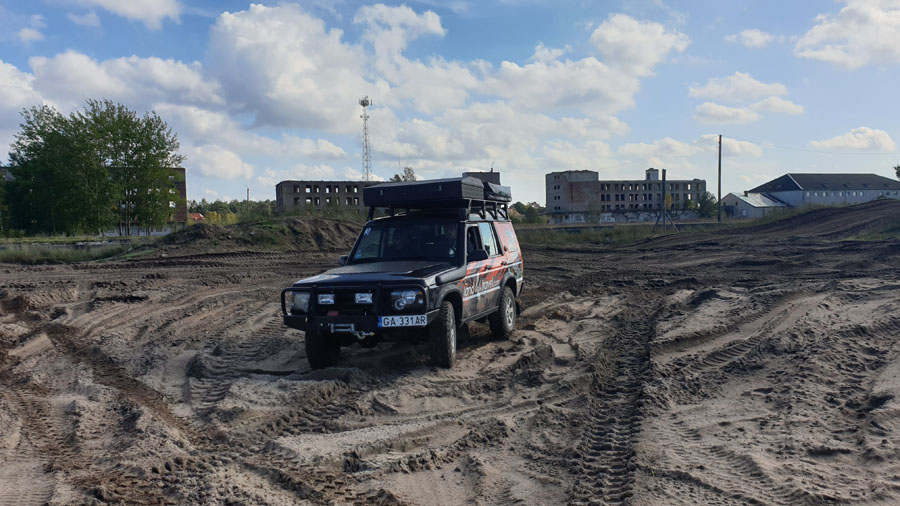
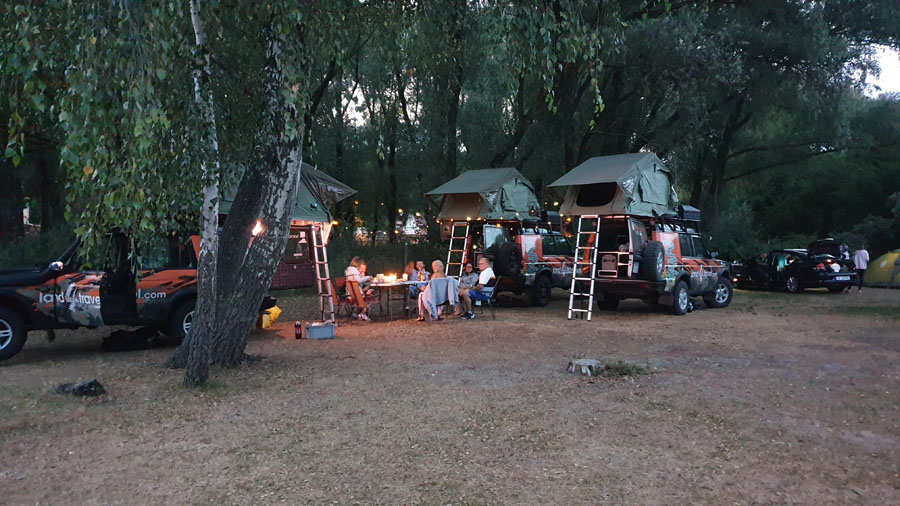
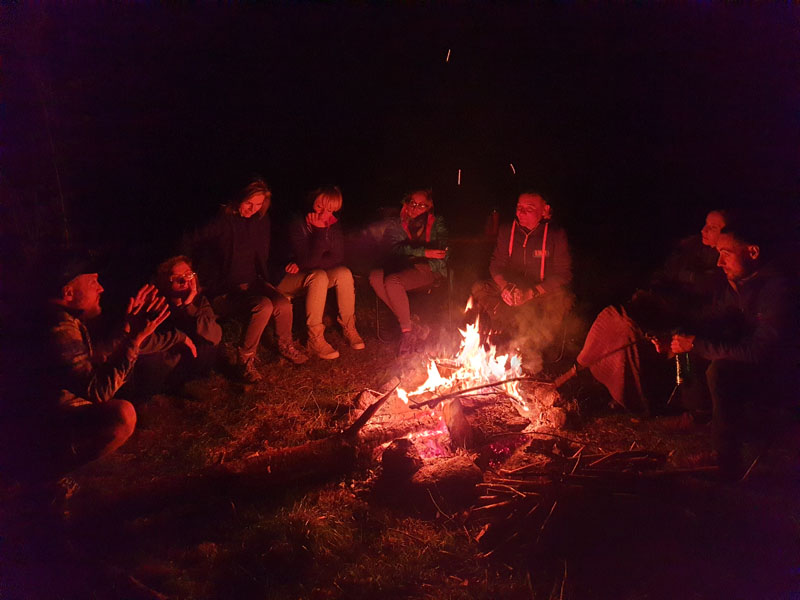
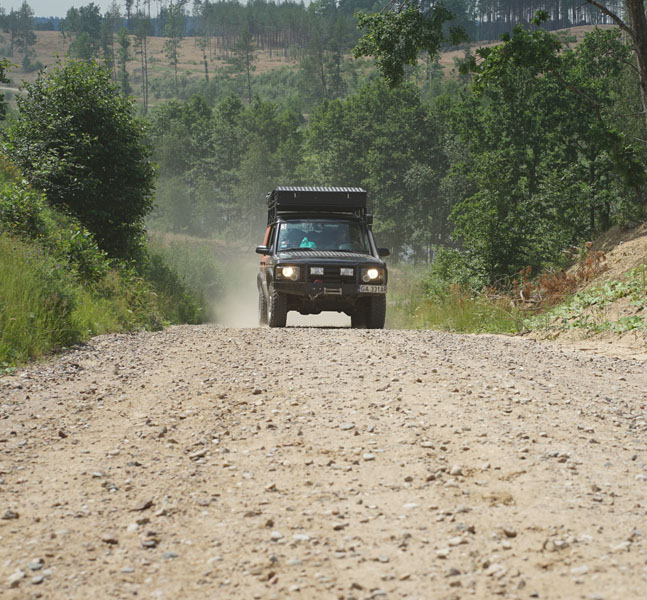
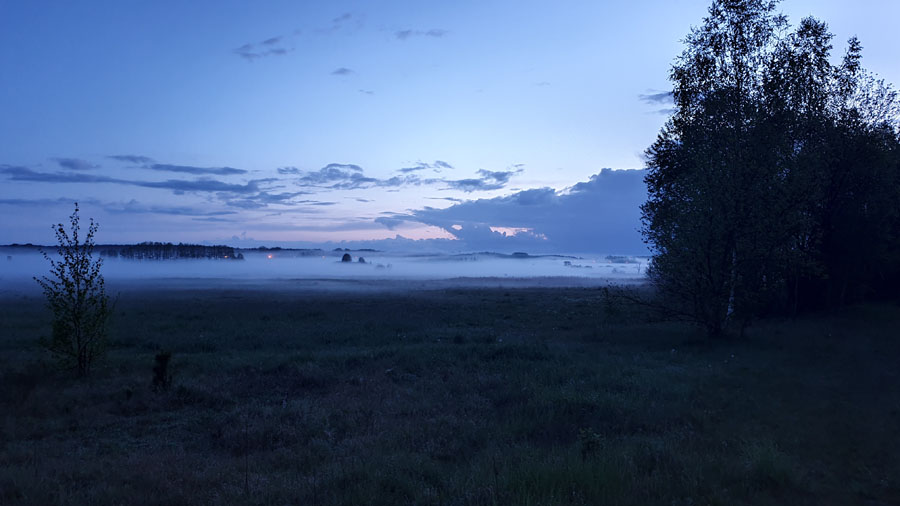
Morocco
Morocco is the westernmost country in the Maghreb region of North Africa. It overlooks the Mediterranean Sea to the north and the Atlantic Ocean to the west, and has land borders with Algeria to the east, and the disputed territory of Western Sahara to the south. Mauritania lies to the south of Western Sahara. Morocco also claims the Spanish exclaves of Ceuta, Melilla and Peñón de Vélez de la Gomera, and several small Spanish-controlled islands off its coast. It spans an area of 710,850 km2 , with a population of roughly 37 million. Its official and predominant religion is Islam, and the official languages are Arabic and Berber; the Moroccan dialect of Arabic and French are also widely spoken. Moroccan identity and culture is a mix of Arab, Berber, and European cultures. Its capital is Rabat, while its largest city is Casablanca. Phillip Hummel of Kudu Overland explains that it is the company’s aim is to have guests join its overland expeditions in their own 4×4 vehicles. It’s expeditions include the use of tracks and trails that stretch through spectacular scenery and landscapes of Europe and Morocco. In this feature we joined Kudu on one of its recent Moroccan tours.


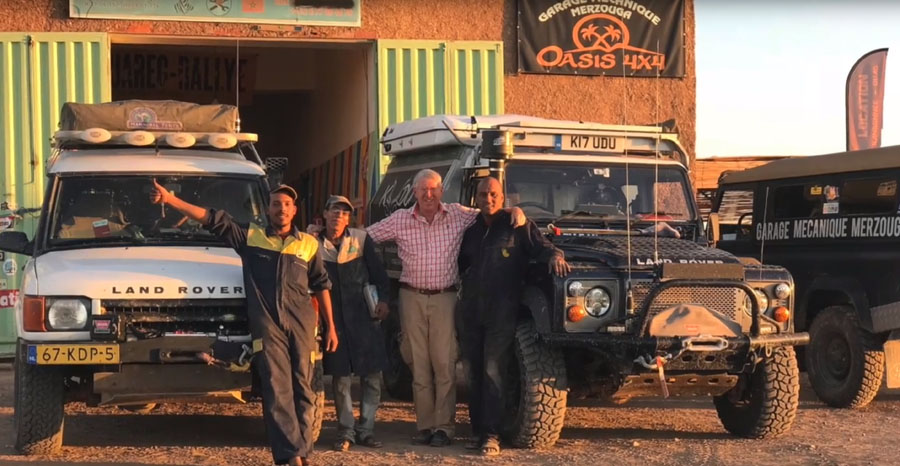

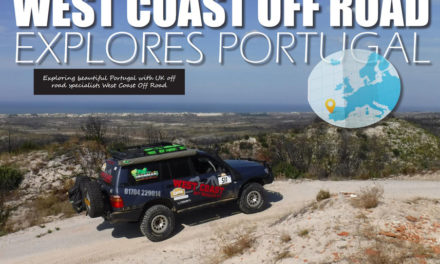
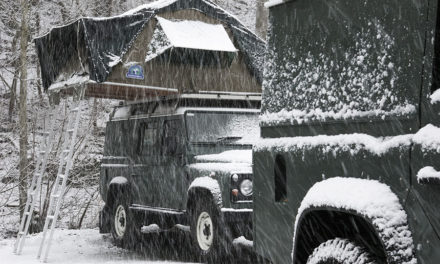
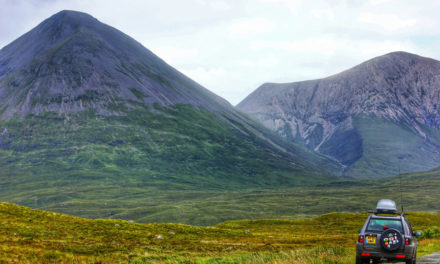
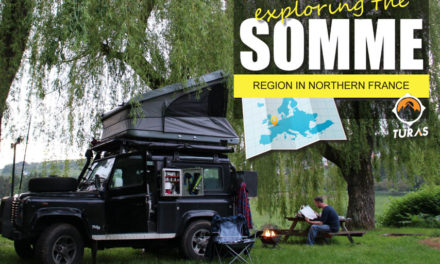
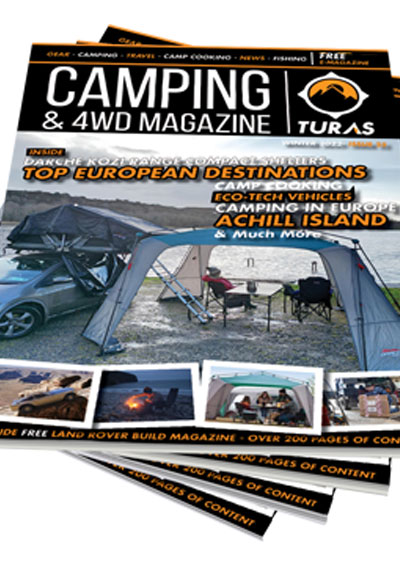

Recent Comments